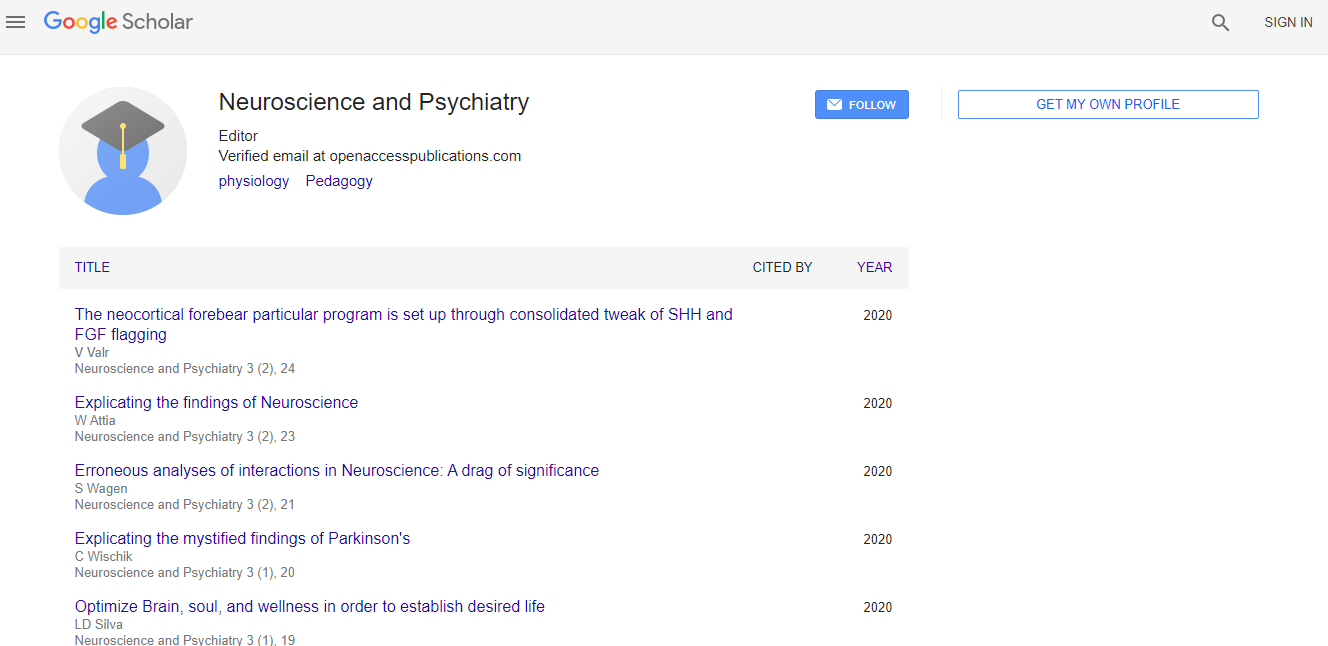Paraneoplastic Anti-NMDA Receptor Encephalitis Associated with Ovarian Teratoma: A Case Report
*Corresponding Author: André Nazário De Oliveira, Medical Residency Program in Internal Medicine at Regional Hospital of Cacoal- Rondonia, Brazil, Email: andrenazario@hotmail.comReceived Date: Jul 01, 2025 / Accepted Date: Jul 30, 2025 / Published Date: Jul 30, 2025
Citation:
Copyright:
Abstract
Introduction: Anti-NMDA receptor antibody-mediated autoimmune encephalitis is a rare neurological condition often associated with ovarian Teratoma, particularly in young women. Early diagnosis is challenging due to its nonspecific clinical presentation.
Case report: A 19-year-old female presented with flu-like symptoms, followed by seizures, behavioral changes, and lower limb weakness. Initial workup revealed an EEG with an “extreme delta brush” pattern and cerebrospinal fluid showing exocytosis without signs of infection. Abdominal CT identified a mass suggestive of an ovarian Teratoma, later confirmed by histopathology. Serology for anti-NMDA antibodies was positive. The patient underwent tumor resection and was treated with intravenous immunoglobulin, leading to significant clinical improvement and progressive neurological recovery.
Discussion: Anti-NMDA receptor encephalitis should be considered in young women presenting with neurological and psychiatric symptoms, particularly when CSF and EEG findings are supportive. Early tumor resection and initiation of immunotherapy are associated with better outcomes. Normal neuroimaging does not exclude the diagnosis.
Conclusion: Early diagnosis and timely therapeutic intervention are essential for neurological recovery in cases of autoimmune encephalitis associated with ovarian Teratoma. Ongoing follow-up is crucial for monitoring potential relapses.

 Spanish
Spanish  Chinese
Chinese  Russian
Russian  German
German  French
French  Japanese
Japanese  Portuguese
Portuguese  Hindi
Hindi 